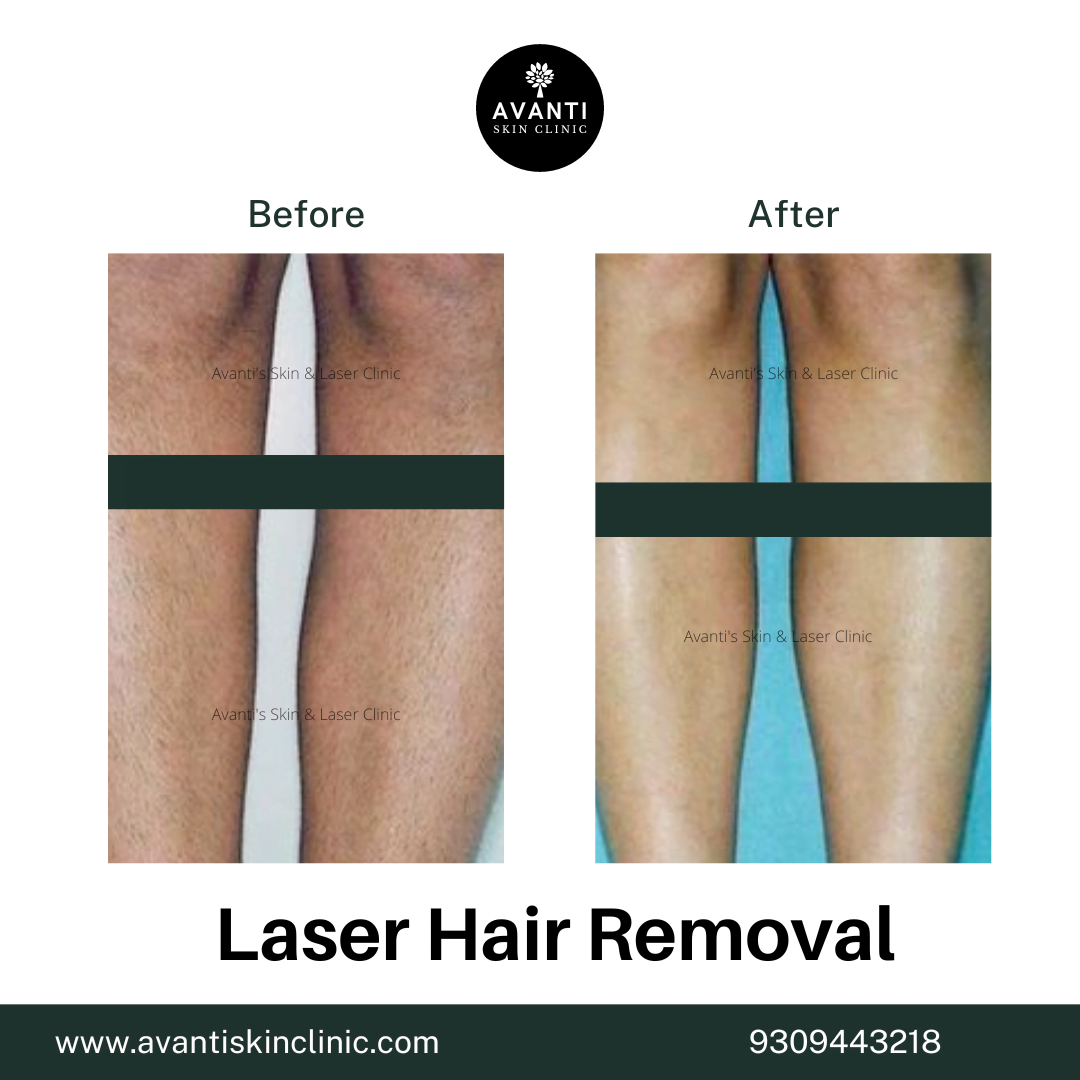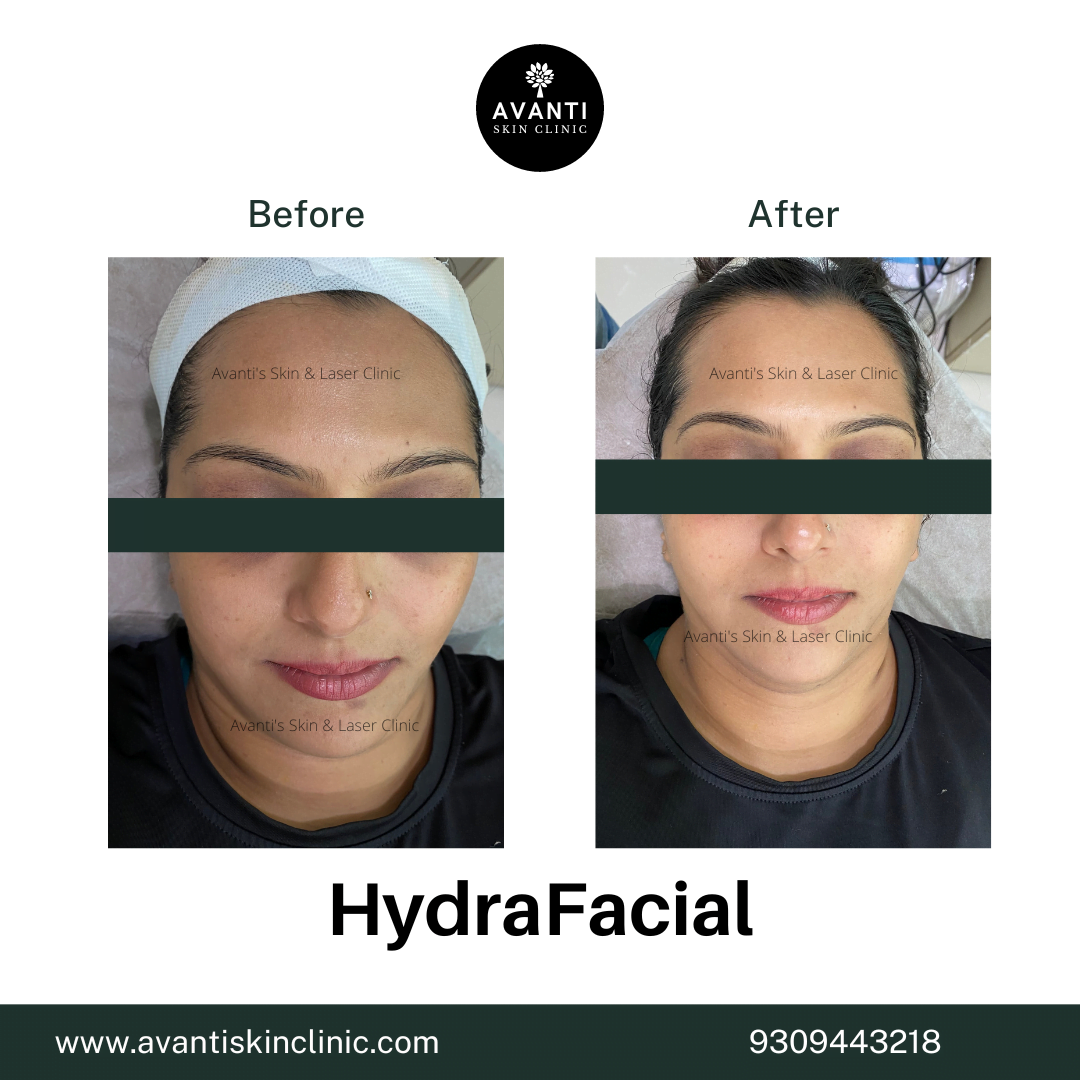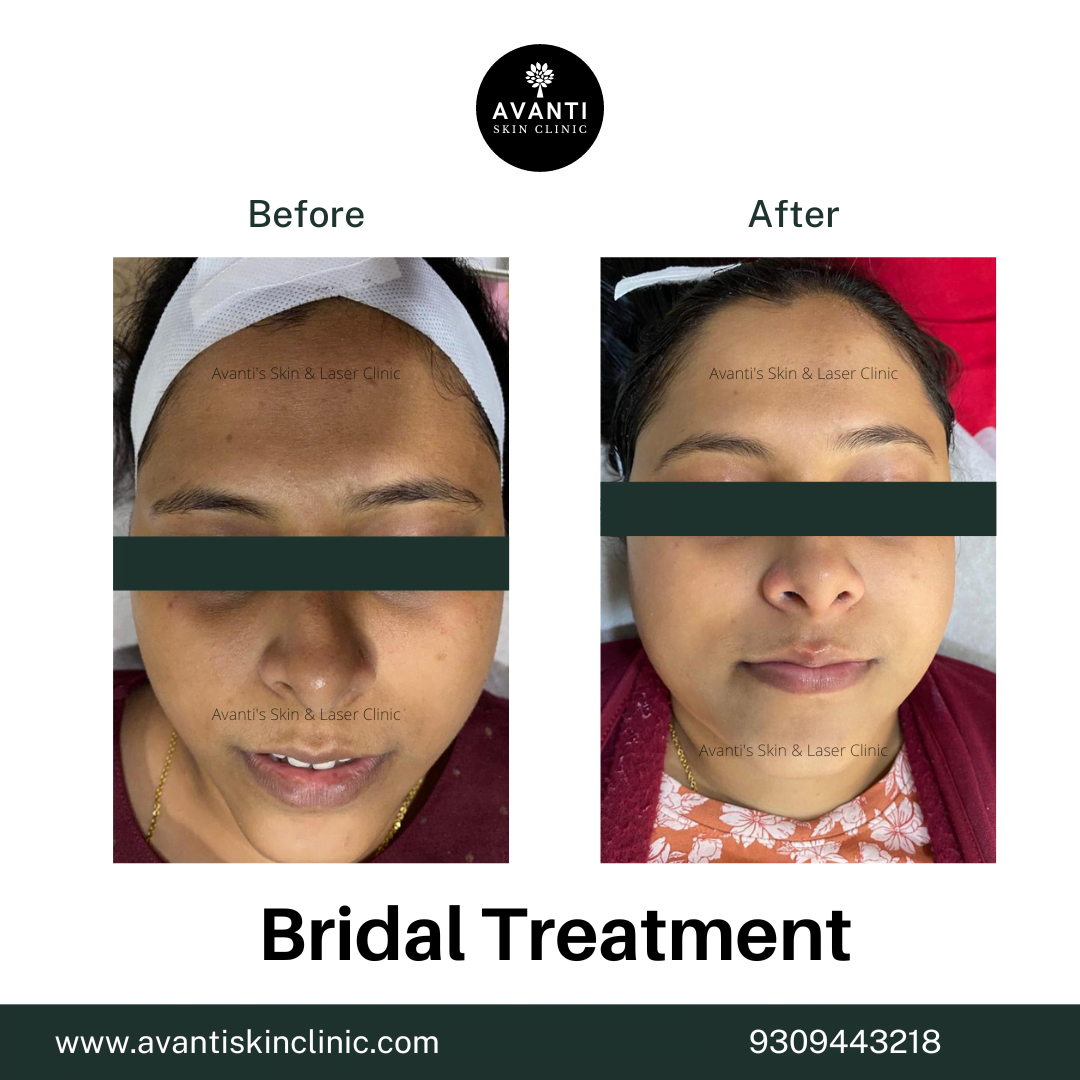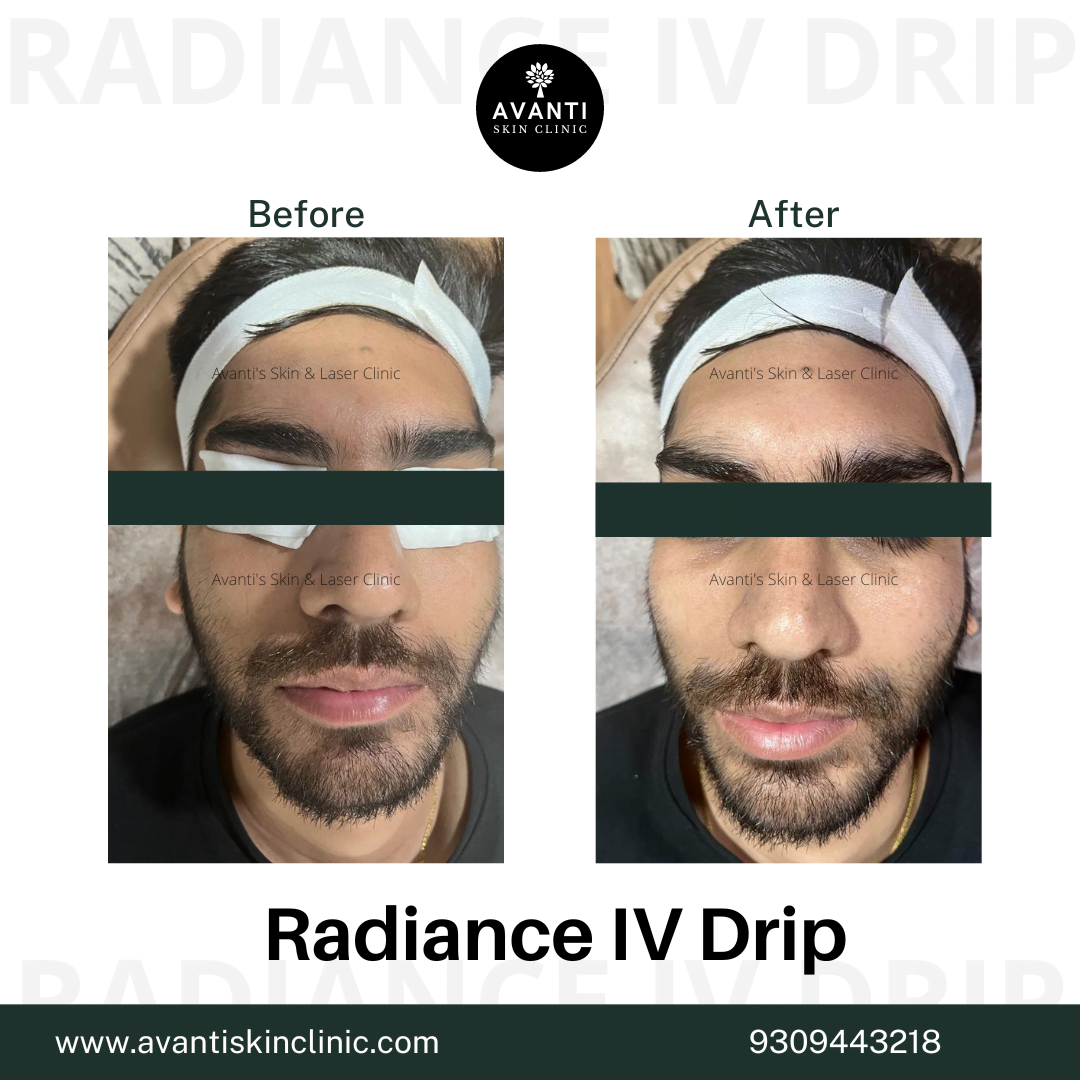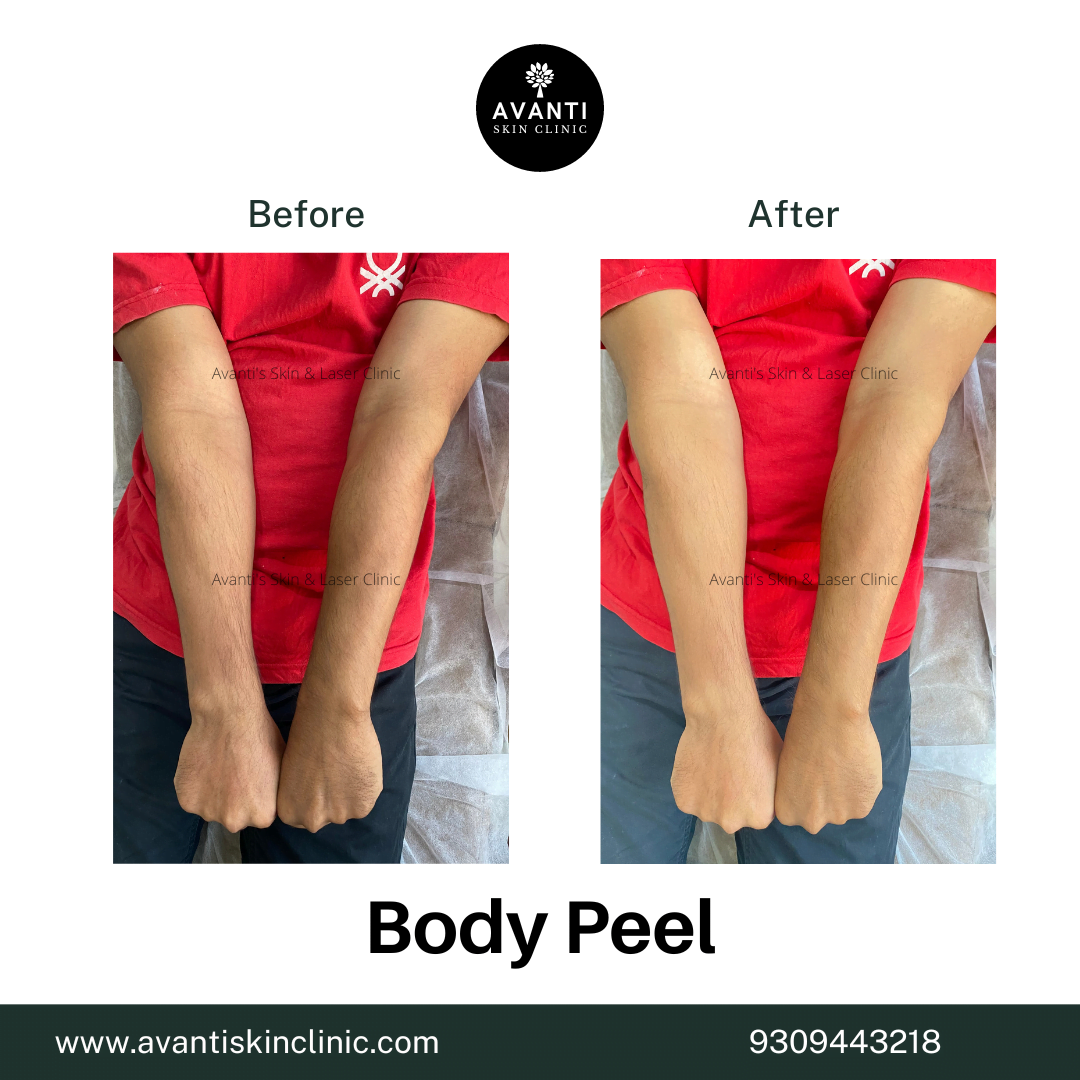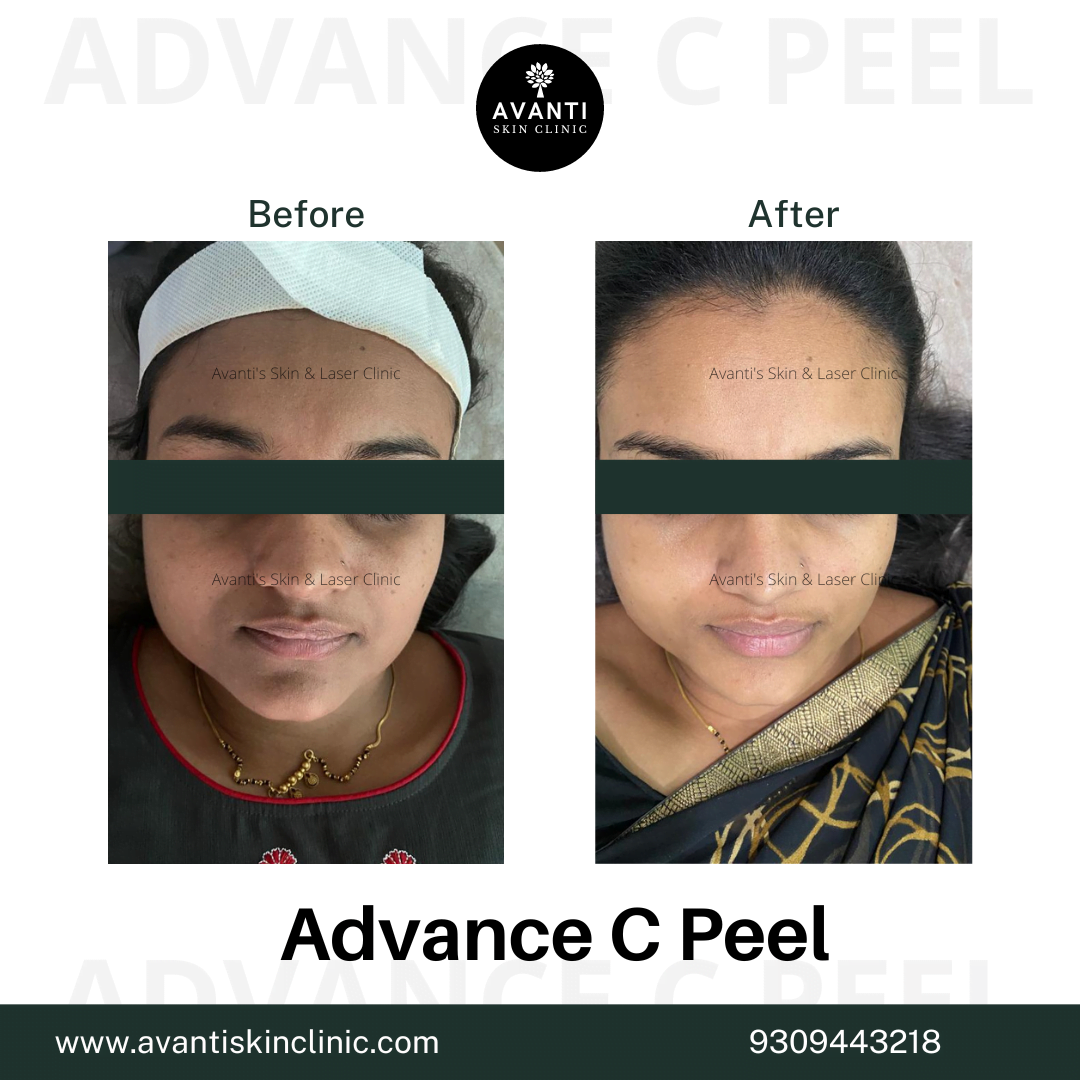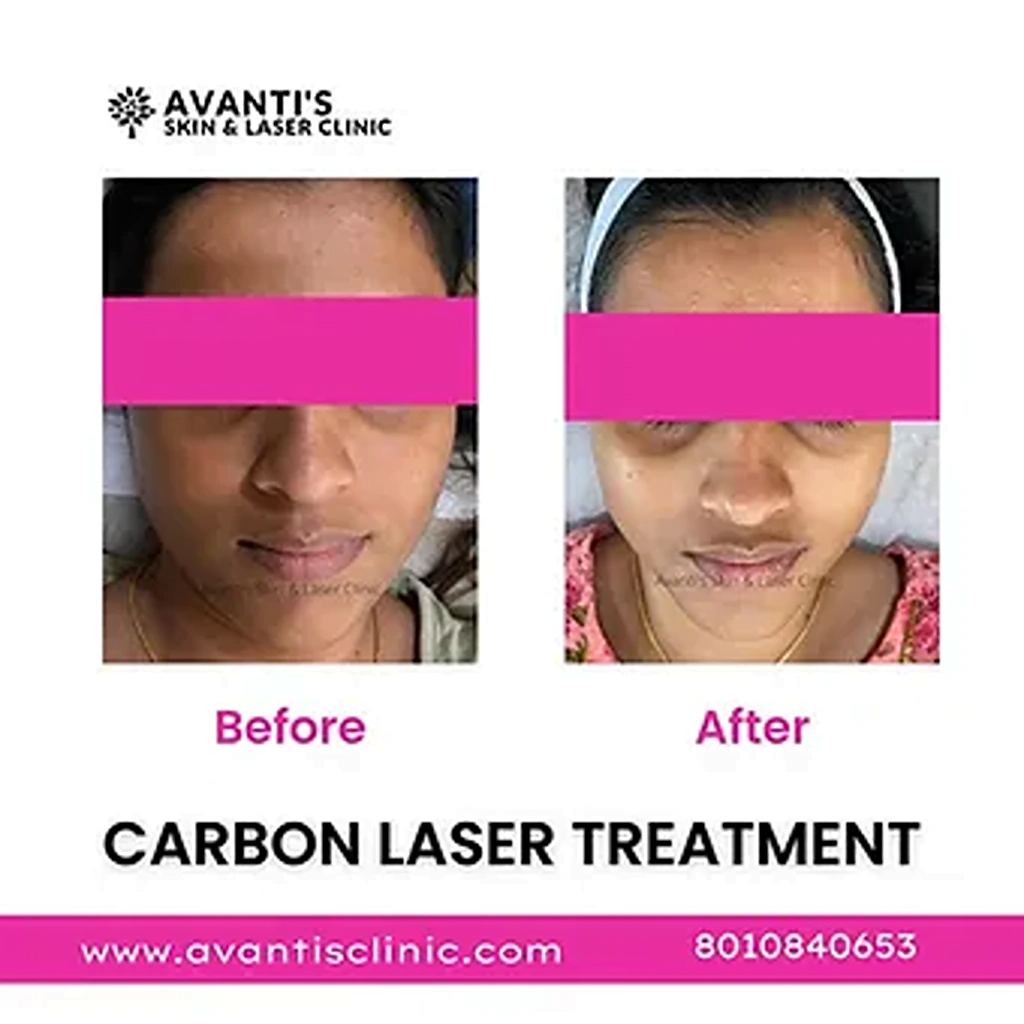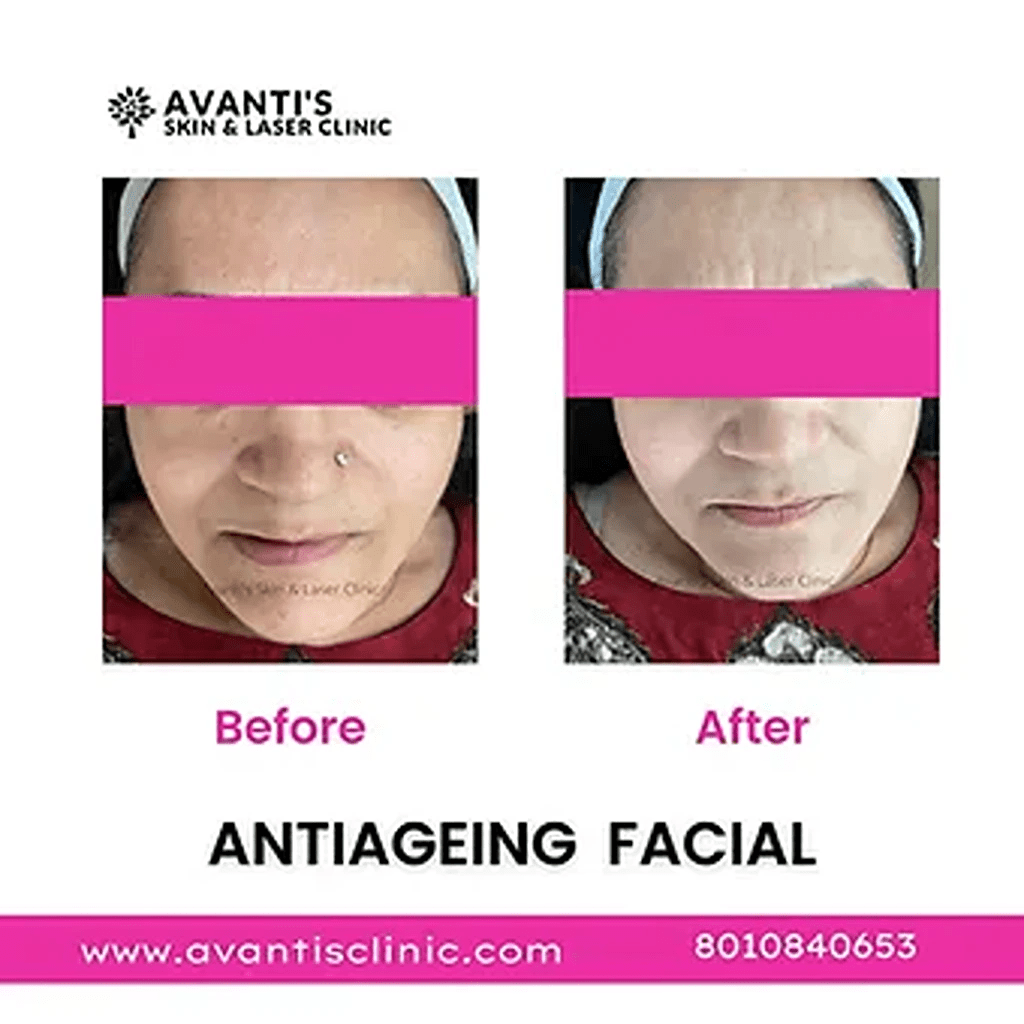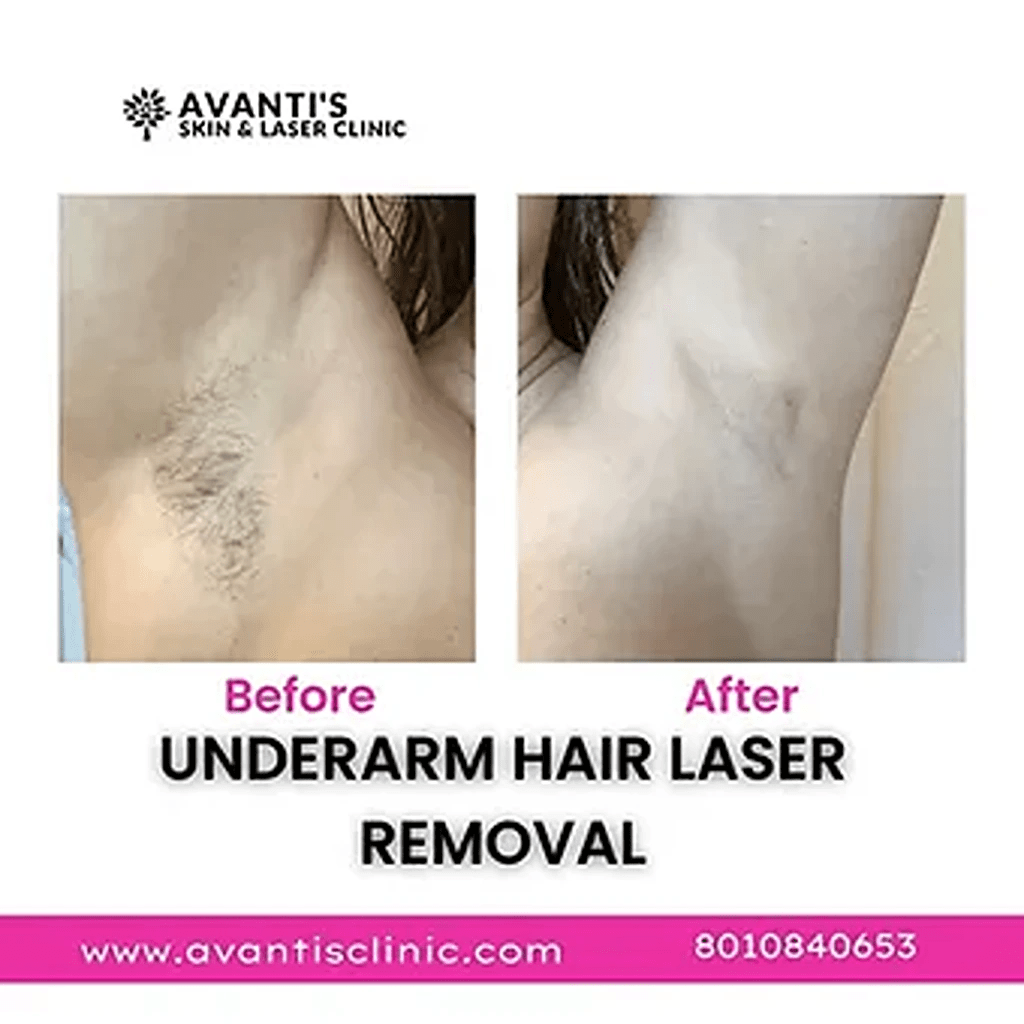Are Glycolic Peels Safe? What to Know Before You Try One
Chemical peels have taken the skincare world by storm, and glycolic acid peels in particular have emerged as a popular option for tackling everything from dull skin to fine lines and acne scars. But if you’re new to chemical exfoliation, you might be asking: are glycolic peels safe?
In this article, we’ll explore how glycolic acid works, who should (and shouldn’t) try it, and most importantly, address the key question: are glycolic acid peels safe for your skin type and concern?
What Is a Glycolic Peel?
A glycolic peel is a type of chemical exfoliation treatment that uses glycolic acid, a naturally occurring alpha-hydroxy acid (AHA) derived from sugarcane. Known for its small molecular size, glycolic acid penetrates deeply into the skin, breaking down the bonds between dead skin cells and encouraging cell turnover.
How Does a Glycolic Peel Work?
The process of Glycolic Peel is straightforward. Dead skin cells and debris are removed when the middle and outer layers of skin are peeled off with glycolic acid.
The lipids that hold dead skin cells together are easily removed by glycolic acid, which easily enters the epidermis due to its tiny molecular structure. The peel’s ability to profoundly penetrate the layers of the skin depends on the proportion of glycolic acid it contains.
Glycolic acid is frequently used to treat acne since it also removes extra oil from the base of hair follicles. It may help lessen dark spots because it is also believed to inhibit the synthesis of melanin.
Advantages of applying a glycolic acid peel to your skin.
Dermatologists most frequently utilise glycolic acid peels, which are alpha-hydroxy acid peels.
They are regarded as safe when utilised properly and don’t create any downtime for users. A doctor may decide that you need many peels over time to achieve the best results.
Numerous skin problems have been shown to respond well to glycolic acid peels. These include:
Acne and its aftereffects
Blackheads, whiteheads, and pimples can all be effectively removed from the skin with glycolic acid peels. They also aid in pore reduction.
Glycolic acid peels have been demonstrated to be successful in eliminating acne scars and cystic lesions from skin when used frequently and consistently (Trusted Source).
Scars and ingrown hairs
Ingrown hairs on the face and body have been reported to be less common when using glycolic acid. Additionally, it lessens the scarring brought on by ingrown hairs.
Stretch Marks
Initially, stretch marks are frequently red or purple (striae ruba). Over time, their colour tends to fade and turn white.
White stretch marks (striae alba) can be effectively treated using glycolic acid peels, which increase the skin’s production of collagen.
Post-inflammatory hyperpigmentation, or dark patches
Excess melanin produced as a result of skin trauma can result in post-inflammatory hyperpigmentation, or dark blotches. Numerous conditions, such as eczema, acne, and excessive use of chemical treatments, can produce this kind of harm.
Flat patches of tan, brown, or black pigmentation are the hallmark of post-inflammatory hyperpigmentation. After glycolic acid peels are applied, this issue usually goes away entirely.
Melasma
Dark areas appear on the skin as a result of melasma, a form of hyperpigmentation. On the face, these patches frequently appear symmetrically. Cholasma is another name for this ailment, which is frequent during pregnancy.
Glycolic acid is occasionally combined with other skin-lightening substances, such as hydroquinone, to treat this problem as well as possible.
The process of photoaging
Premature skin ageing can result from excessive sun exposure. We call this photoaging. The following are signs of photoaged skin:
Wrinkles and dark patches
Actinic keratosis, or rough, scaly spots, can also be a sign of photoaged skin. If these are not removed, they may develop into cancer.
Glycolic acid peels are frequently an effective treatment for mild photoaging symptoms.
When trichloroacetic acid (TCA) and glycolic acid are combined, some people have improved outcomes. Deep wrinkles and other severe photoaging symptoms usually need medical attention.
So, Are Glycolic Peels Safe?
In general, yes—when used correctly and with appropriate precautions, glycolic peels are safe for most skin types. However, safety depends on a few crucial factors:
1. Concentration Matters
Over-the-counter products usually contain 5–10% glycolic acid. Professional peels may range from 20% to 70%. The higher the concentration, the deeper the peel—and the greater the risk of irritation if not applied properly.
So, are glycolic acid peels safe at home? Yes, if you stick to lower concentrations and follow instructions carefully.
2. Skin Type Considerations
Glycolic peels are generally safe for normal to oily skin types. However, individuals with sensitive, dry, or reactive skin should be cautious and may want to start with lower-strength peels or seek professional advice.
Those with darker skin tones should also be careful, as overuse can sometimes lead to post-inflammatory hyperpigmentation.
3. Pre-existing Skin Conditions
If you have eczema, rosacea, open wounds, or active sunburn, a glycolic peel could exacerbate these issues. Always consult a dermatologist if you’re unsure.
Are Glycolic Acid Peels Safe for Regular Use?
When used appropriately, yes. In fact, many dermatologists recommend incorporating gentle glycolic exfoliation into your skincare routine once or twice a week to maintain smooth, radiant skin.
That said, overuse can lead to:
- Redness
- Dryness
- Flaking
- Increased sensitivity
- In rare cases, chemical burns
To answer clearly, are glycolic acid peels safe for repeated use? Yes, but moderation and aftercare are essential.
Conclusion
So, are glycolic peels safe? The answer is yes—glycolic acid peels are safe, provided they’re used correctly, and you respect your skin’s individual needs and limitations. When incorporated into a thoughtful skincare regimen, glycolic peels can be a game-changer for smoother, brighter, and healthier skin.
Whether you’re using an at-home exfoliating toner or considering a stronger in-clinic peel, always prioritise safety, preparation, and post-treatment care. When in doubt, speak to a professional. Your skin will thank you.
Frequently Asked Questions
They can be, but it’s best to start with a low concentration and consult a dermatologist if your skin is prone to irritation.
Yes, glycolic acid helps unclog pores and reduce breakouts, but avoid using it on open wounds or active cysts.
Once or twice a week is generally safe for most people, depending on the product’s strength.
Only if you’re diligent about sun protection, as peels increase UV sensitivity.
No, they help shed the outer layer of dead skin but do not thin the living skin beneath when used responsibly.
Not at the same time—this can cause over-exfoliation and irritation. Alternate their use or consult a dermatologist.
Yes, but caution is advised. Always start with lower strengths and monitor for hyperpigmentation.

